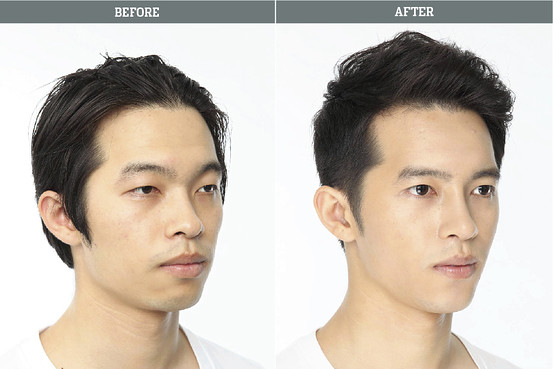Millions of women around the world control their fertility using hormonal methods, which include the oral contraceptive pill, the patch, the implant, injections and certain types of interuterine devices. Some women use these devices to prevent pregnancy; some to control the menstrual cycle. Now a new mobile application offers a unique method of achieving both ends, using algorithms instead of hormones.
This new application, called “Natural Cycles”, simply requires the user to measure her basal temperature every morning, which the app will use to calculate whether that day is a “green day” (when unprotected sex will not result in pregnancy), or a “red day” (when unprotected sex is to be avoided). Temperature is monitored because progesterone levels, which fluctuate throughout the website, affect the body’s basal temperature.

Natural Cycles is an interesting phenomenon, because it markets the idea of greater understanding of one’s own body and one’s menstrual cycle, rather than the pursuit of “control” over it. Many of the testimonials featured on its website mentioned the idea of letting the body be in a “natural state”, as opposed to altering the menstrual cycle with hormones. “Healthy” was a term that frequently appeared, as several users felt that gaining a better insight into their “natural” menstrual cycle meant that they could use it as an indicator of good overall health.

The use of the term “natural” by the makers of the application may seem like an odd choice, given that its use requires constant access to a smartphone device. In this way, the smartphone is treated as an extension of the body and the reproductive system, monitoring and enabling its negotiation. Yet this is far from a novel phenomenon; in fact, Natural Cycles is merely following a growing trend in using digital technologies to monitor the body. MyFitnessPal, an app that allows users to track their food intake, exercise habits and weight, is 12 years old and is used by millions of people. Pedometers are even older, although a more recent development in step-tracking is the incorporation of pedometer data into smartphone applications, which integrate it with other datasets to provide a detailed picture of the user’s health and fitness status.

As an anthropologist, the rise of self-monitoring technologies interests me because of the ways in which they shape users’ understandings of the body. Natural Cycles treats the body as a carefully balanced system that is to be understood, but not tampered with. MyFitnessPal and other dieting or fitness apps focus upon a desired body not yet in existence – they are future-oriented apps as opposed to the present-oriented Natural Cycles app. Furthermore, the act of self-monitoring, as discussed by Deborah Lupton (2014), relates to neoliberalism’s emphasis on the individual’s (rather than the state’s) responsibility for one’s own health, while situating such acts within a capitalist, information-driven economy in which data is a commercial resource.
References:
Lupton, D. (2014). Self-Tracking Modes: Reflexive Self-Monitoring and Data Practices. Available at SSRN: https://ssrn.com/abstract=2483549 orhttp://dx.doi.org/10.2139/ssrn.2483549
Myfitnesspal.com. (2017). Free Calorie Counter, Diet & Exercise Journal | MyFitnessPal.com. [online] Available at: http://www.myfitnesspal.com/ [Accessed 14 Mar. 2017].
Naturalcycles.com. (2017). Natural Cycles. [online] Available at: https://www.naturalcycles.com [Accessed 14 Mar. 2017].



